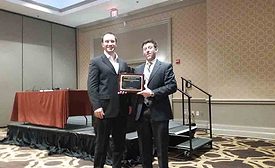Industry News
Graphene is Strong, But Is It Tough?
Berkeley Lab scientists find that polycrystalline graphene is not very resistant to fracture.
February 14, 2016
Keep the info flowing with our eNewsletters!
Get the latest industry updates tailored your way.
JOIN TODAY!Copyright ©2024. All Rights Reserved BNP Media.
Design, CMS, Hosting & Web Development :: ePublishing




